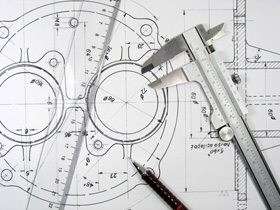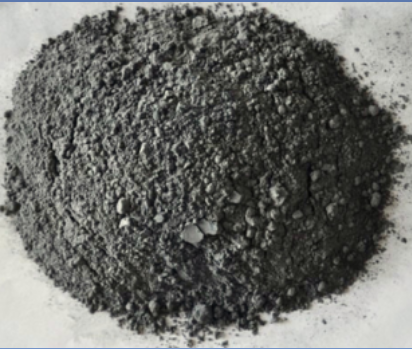MIM explanation:
The MIM process is typically explained as four unique processing steps (compounding, molding, debinding and sintering) to produce a final part that may or may not need final finishing operations. It is a net-shape process for the manufacturing of high volume high precision components for use in a diverse range of industries. MIM parts can now be found in all areas of life, from our cars and trucks to watches, dental braces, door safe lock, mobile phones, IT equipment, DIY tools and much more.


 (86)-533-2070506
(86)-533-2070506 

